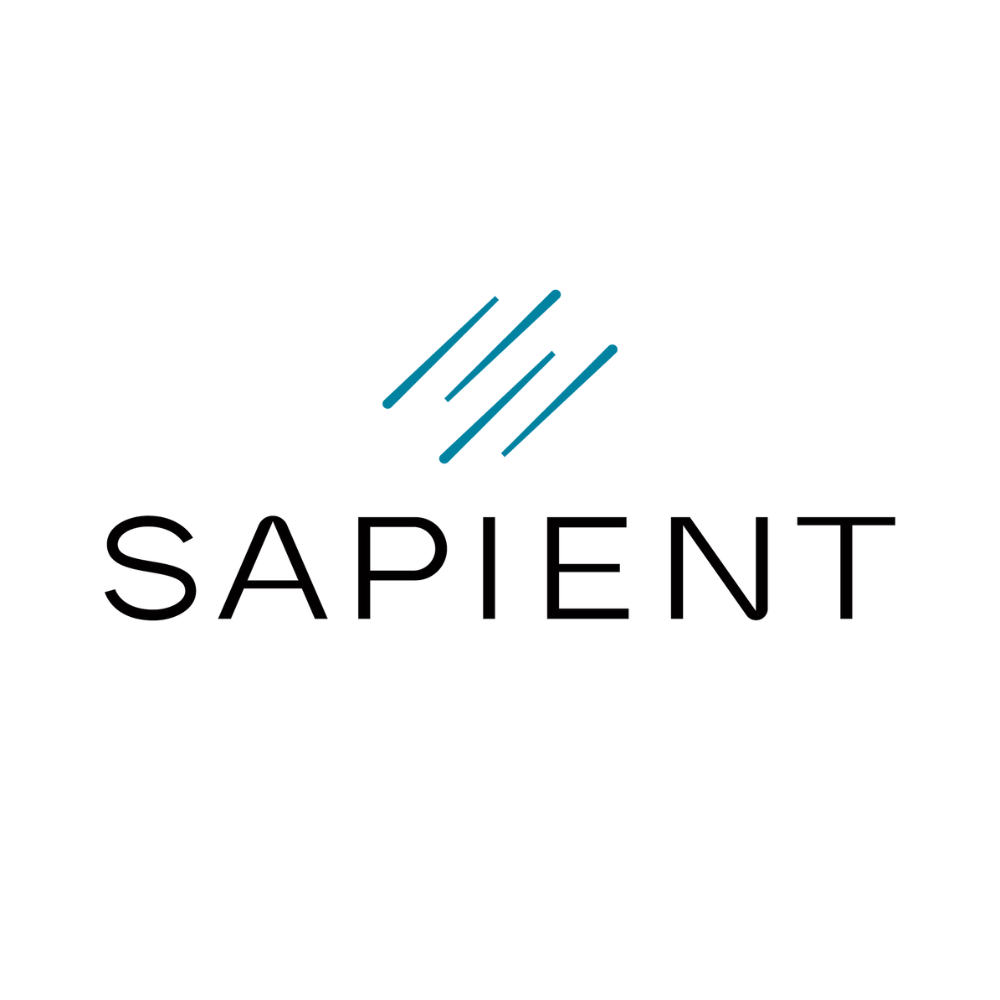Eli Lilly's share price has skyrocketed since 2020
Eli Lilly, the pharmaceutical company founded nearly 150 years ago by a Civil War veteran of the same name, on Friday briefly became the first drugmaker to reach $1 trillion in market value.
The milestone is the result of a vertiginous rise in Lilly’s stock price that stems from its success developing drugs for obesity. Shares, worth under $100 as recently as 2018, now trade for more than 10 times that much.
The rapid growth reflects Lilly’s newfound position at the center of treatment for two of this century’s most widespread, and to date intractable, medical conditions. Zepbound, the company’s “GLP-1” therapy for obesity, can help people shed about one-fifth their weight, and holds potential to help the heart, kidneys and other organs, too. The diabetes drug Mounjaro, which shares the same active ingredient, called tirzepatide, has a profound effect on the disease, helping four in five people with uncontrolled blood sugar bring it into a healthy range.
Those dramatic effects have supercharged the launch of tirzepatide. Over the first nine months of 2025, combined Zepbound and Mounjaro sales reached nearly $19 billion, leapfrogging Merck & Co.’s cancer immunotherapy Keytruda and giving Lilly the world’s best-selling drug. That progress has put Lilly in position to control a market Wall Street analysts expect to reach $100 billion in annual sales by 2030.
Lilly’s share price has accordingly taken off. At $1 trillion, Lilly is now two thirds as valuable as Meta, the parent company of Facebook, and worth more than Walmart, America’s largest private sector employer and retailer. Its market value also more than doubles that of Johnson & Johnson, its closest peer within the pharma industry.
Lilly’s lofty valuation Friday reflects all 945,383,757 shares it has outstanding. The company holds 50,000,000 shares in an employee benefit trust, which it excludes from its earnings per share calculations. If those shares were similarly excluded from determining its capitalization, Lilly would be worth about $53 billion less.
Eli Lilly's market value has soared above its peers
The company’s emergence as a trillion-dollar titan is a somewhat surprising state of affairs as historically it has been much smaller than companies like J&J, Pfizer and Merck & Co. Even now, Lilly’s workforce of 47,000 employees is dwarfed by the size of J&J’s and Merck’s. AstraZeneca, which booked more revenue than Lilly in 2024, has a substantially lower capitalization.
“Ten years ago, [Lilly] was a backwater pharma hanging out in Indianapolis,” said Joel Marcus, founder of Alexandria Real Estate Equities, a real estate investment trust that’s catered to the life sciences industry for three decades. “Just a handful of years ago, nobody would have imagined the metabolic market for the GLP-1 drugs that has emerged,” he said in an April 2024 interview.
Dan Skovronsky, Lilly’s chief scientific and medical officer, was one of a few who did. Early last year, David Ricks, Lilly’s CEO since 2016, recalled a conversation he had with Skovronsky in 2017, when the company got first-in-human data for tirzepatide.
“I remember Dan called me that day when he saw the data,” Ricks told investors during a presentation at the J.P. Morgan Healthcare Conference in 2024. “People ask, ‘When did you know tirzepatide was going to be big?’ The answer is that day.”
The rest of the industry has now caught on to Lilly executives’ realization. Several companies have joined the chase for better GLP-1 drugs, either by advancing their own programs or springing for deals. Lilly’s top rival, Novo Nordisk, has won approvals for its weight loss medication in multiple conditions, including controlling cardiovascular risk and treating the liver disease MASH.
GLP-1 drugs are now household names, too. Their catch-fire demand has strained the resources of both Lilly and Novo, leading to shortages and an opening compounders have exploited. To meet the burgeoning market, Lilly has embarked on what it claims is the largest investment in synthetic drug production in U.S. history. Novo, too, has poured billions into a broader manufacturing network.
Eli Lilly is worth more than twice the value of any other drugmaker
Chart: Julia Himmel/Biopharma Dive · Source: Google Finance
The drugs’ popularity has also drawn scrutiny from lawmakers over their costs to the U.S. healthcare system. In November, Lilly and Novo ceded to pressure from the Trump administration by agreeing to deals to lower prices, though questions remain about the actual impact of those agreements.
Lilly’s meteoric ascent, meanwhile, could continue in the years ahead. The company is poised to soon bring to market one of the first GLP-1 pills for weight loss. While analysts are somewhat mixed on its market prospects, Lilly has invested heavily in manufacturing ahead of its launch and recently received a new kind of voucher that could drastically speed up its review. Behind that is a different type of obesity drug that may have even more powerful weight loss effects.
“We are a kind of a rare situation right now,” Ricks said in a recent YouTube interview. The difference between Lilly’s value, and that of its peers, is “the GLP-1 phenomena.”
Gwendolyn Wu contributed reporting.








